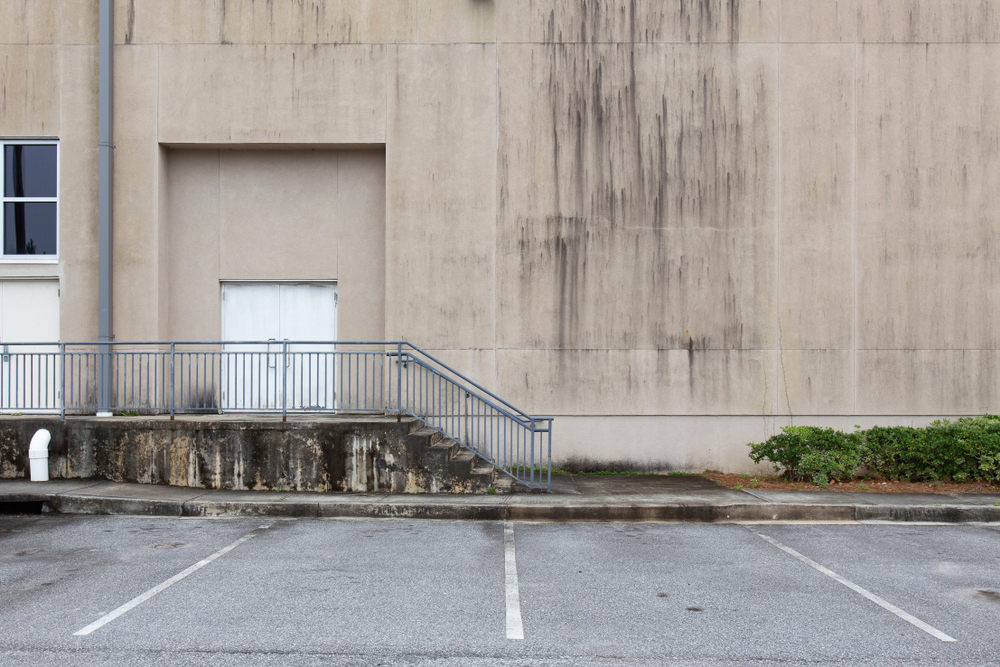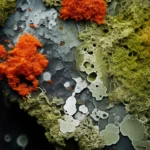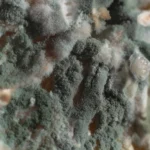Mold and Indoor Air Quality in Commercial Spaces

Understanding Mold and Indoor Air Quality
The equation seems simple: clean air equals a healthy environment. But what happens when an invisible enemy, like mold, creeps into our commercial spaces? Based in the sunny state of Florida, ETA Mold has seen firsthand the extensive damage mold can do not only to infrastructure but to the air we breathe. This blog post will delve deep into the profound effects of mold and indoor air quality in commercial spaces.

Deciphering the World of Mold
Mold is, in essence, a fungus that thrives in damp and humid surroundings. It can grow on many surfaces, from wood and fabrics to carpets and ceiling tiles. These microscopic organisms have been a part of Earth’s environment for eons, floating in the air and settling on surfaces. While outdoors, they play a vital role in breaking down organic matter. But indoors, they can pose significant risks, particularly when they find the right conditions to grow unchecked. An escalated indoor mold concentration can deteriorate the air quality, posing health risks and damage to building materials.
The Nexus Between Mold and Indoor Air Quality
When discussing indoor air quality, the role of mold is pivotal. As mold grows, it releases microscopic spores that float around, seeking new places to colonize. This propagation dramatically increases indoor mold spore concentrations compared to outdoor levels. But there’s more to this picture:
Certain mold species produce mycotoxins—potent, occasionally toxic substances. It’s crucial to note that while not all mold types are toxigenic, those can present severe health risks when inhaled or even touched.
Furthermore, these mold spores can act as allergens. For individuals with sensitivities or respiratory conditions, this can result in allergic reactions, exacerbating health complications. And, of course, there’s the unmistakable musty odor—produced by gases known as microbial volatile organic compounds (VOCs)—often associated with mold-infested spaces.
Commercial Spaces: A Breeding Ground for Mold?
Given their sheer size, complex structures, and multifaceted use, commercial spaces offer unique challenges and susceptibilities to mold infestations:
A primary concern is their complex HVAC (Heating, Ventilation, and Air Conditioning) systems. Large commercial establishments require intricate ventilation mechanisms. If not periodically maintained, these can inadvertently become incubators for mold.
Additionally, the high footfall these spaces experience is another concern. Everyone entering and exiting the building brings mold spores from the outside environment, inadvertently contributing to indoor spore counts.
Lastly, the diverse utility of areas within commercial spaces—from dimly lit storage rooms with scanty ventilation to bustling, warm conference rooms—can create microenvironments where humidity can concentrate, offering the perfect home for mold.

Detecting the Invisible: Signs of Mold’s Presence
Identifying mold can be complicated. Sure, spotting visible mold growth is an undeniable indicator, but this menace often operates behind the scenes. A persistent musty odor is a telltale sign, even if the mold isn’t visible. Health symptoms reported by occupants—like respiratory issues, allergy flare-ups, or unexplained illnesses—are often the first indicators of a mold problem. Further, signs like consistent dampness in areas, condensation on windows, or water stains on walls and ceilings can often hint at an environment conducive to mold growth.

Safeguarding Spaces: Strategies to Mitigate Mold and Improve Air Quality
Fighting mold and maintaining stellar indoor air quality is a consistent endeavor. Regular professional inspections are paramount. Employing services from esteemed professionals like ETA Mold ensures early detection and mitigation.
Beyond inspections, the frequent maintenance of HVAC systems can thwart mold proliferation. By cleaning and maintaining these systems, mold colonies can be kept at bay.
Another weapon in the mold-fighting arsenal is humidity control. Using dehumidifiers, ensuring adequate ventilation, and attending to water leaks promptly can drastically reduce moisture levels, making environments less hospitable for mold. Remember, mold can increase within 48 hours under the right conditions; thus, swift action is essential.
Championing Clean Air in Commercial Environments
The interplay between mold and indoor air quality is a topic that demands attention. This silent yet potent adversary can have long-standing repercussions on both the health and the structural integrity of commercial spaces. With knowledge, routine checks, and prompt interventions, commercial establishments can ensure resilience against mold. As champions in the domain, ETA Mold remains committed to ensuring that commercial establishments in Florida and beyond always have access to pristine, mold-free air.












